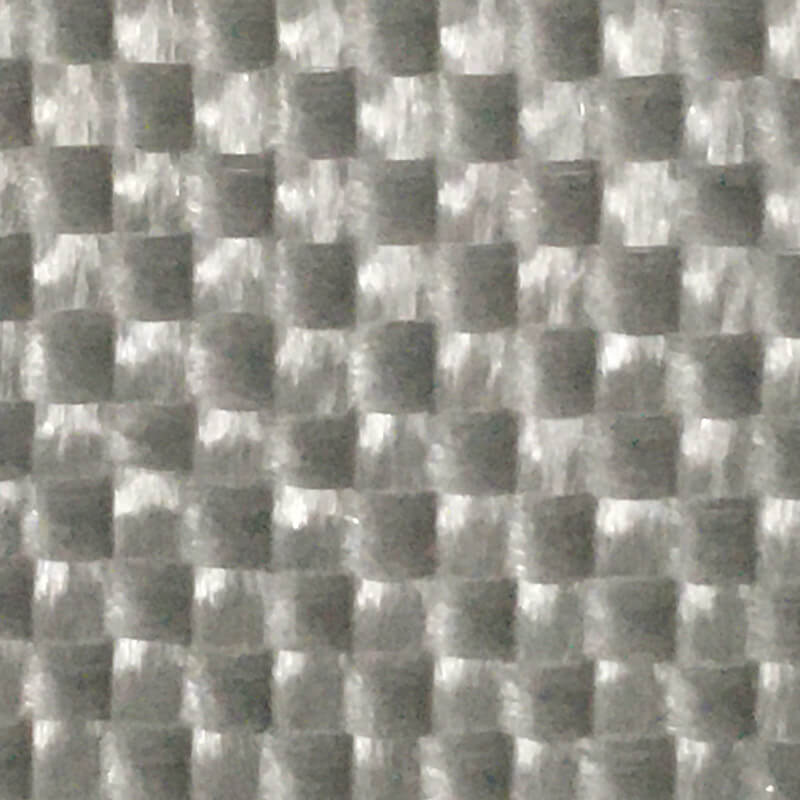For bonding textile fabrics to rubber compounds, the traditional treatment on to the textile uses RFL dip – a formulation of resorcinol, formaldehyde and latex.
Compotex applies the RFL adhesive on to the textile, then our customers calender or lay up the textile with the rubber compound. The rubber and textile composite is then cured under pressure, with the RFL coating making a strong bond with the rubber. At its best, the adhesion strength achieved is stronger than the breaking strength of the rubber, so the RFL bond is not the weak point in the manufactured part.
There are many RFL technologies. They cover specifications for different fabric types – for example nylon (polyamide), polyester and para-aramid; and they cover the different rubber compounds – for example Natural and SBR Rubber, Chloroprene / Neoprene, Nitrile and EPDM.
We have more information here for adhesion to silicone rubber and other peroxide curing rubbers.
Here are some examples of the range of RFL bonding we do.


Nylon RFL dip
Nylon, or polyamide, is the most common yarn type used for RFL coating. The resorcinol formaldehyde latex dip is applied directly to the fabric and dried, cured and heat set.
Our customers either calender the RFL fabric with uncured rubber or cut and lay up the textile with uncured rubber. On curing, a strong bond is achieved between the rubber and the textile, and the bond will not delaminate or degrade on flexing and movement for the lifetime of the product. RFL bonding is particularly important for dynamic product applications.
Nylon fabrics are used in many product applications. These include tires, belts, diaphragms, valves, seals, hoses and general rubber goods.
The most common RFL technologies are for adhesion to sulphur curing natural rubber, neoprene (chloroprene) rubber and nitrile rubber. Compotex offers a wider range than these to bond to other rubber compounds.
Polyester RFL dip
The RFL coating are normally for adhesion to NR/SBR, CR (Neoprene) and NBR. Compotex also does sulphur and peroxide EPDM adhesion as standard.
These fabrics are commonly called adhesive activated polyester or activated polyester and are widely used in the textile and rubber industry. The second solution is to use normal polyester fabrics. These fabrics need a pre-treatment, commonly a blocked isocyanate, followed by a RFL coating.
Activated polyester requires a high curing temperature in the RFL oven to complete the chemical reaction that gives a strong RFL bond between the activated polyester and the resorcinol, formaldehyde and latex formulation.
Polyester fabrics are used in fewer product applications, but these include hoses and belting – for example for EP and EE belting.
The RFL coatings are normally for adhesion to NR/SBR, CR (Neoprene) and NBR.
| Polyester Fabrics | Rubber | Compotex Specification |
|---|---|---|
| NR/SBR | PG02 R152-18G | |
| Neoprene | PG02 R252-18G | |
| Nitrile | PG02 R352-18G | |
| Sulphur EPDM | PG02 R420-18G | |
| Peroxide EPDM | PG02 R520-18G |


Aramid RFL dip
Aramid fabrics come in two forms, meta-aramid and para-aramid fabrics.
For RFL bonding, para-aramid fabrics are commonly used for their high tensile, low elongation, high toughness and high temperature properties. Meta-aramid fabrics are more commonly used for silicone rubber adhesion, with more information here.
RFL coating of aramid is a two stage process, with a first coating of a blocked isocyanate activated at high temperature, followed by an RFL dip which is also cured at high temperature to achieve a strong bond to the aramid. After the aramid RFL fabric is calendered or laid up with rubber, and cured, the bond strength is high and delamination and bond failure is avoided.
Because aramid fabrics are high performance, the RFL coating process is advanced technology, giving high performance results.
This RFL technology is normally used for sulphur curing natural, neoprene and nitrile rubber. However, the RFL aramid fabric can take a further coating for adhesion to peroxide curing rubber, for example EPDM.
| Aramid Fabrics | Rubber | Compotex Specification |
|---|---|---|
| Para-Aramid | NR/SBR | PG01 R152-18 |
| Para-Aramid | Neoprene | PG01 R252-18 |
| Para-Aramid | Nitrile | PG01 R352-18 |
| Para-Aramid | Sulphur EPDM | PG01 R420-18 |
| Para-Aramid | Peroxide EPDM | PG01 R520-18 |
Compotex – a European service
First established in Rochdale, near Manchester, UK in 1994, and in Germany since 2017, we offer specialist technical textile finishing with excellent service and value.
Whether you contact us in the UK or Germany, you can be sure that your enquiry will be handled promptly and professionally.
Home | Capabilities | Applications | Technologies | Industries | Techtextil | Contact
Compotex Limited, Ensor Mill, Queensway, Rochdale, Manchester OL11 2NU, UK
and Compotex GmbH, Birkenhof 17-19-21, 59514 Welver, Germany.
This site is protected by reCAPTCHA and the Google Privacy Policy and Terms of Service apply.


